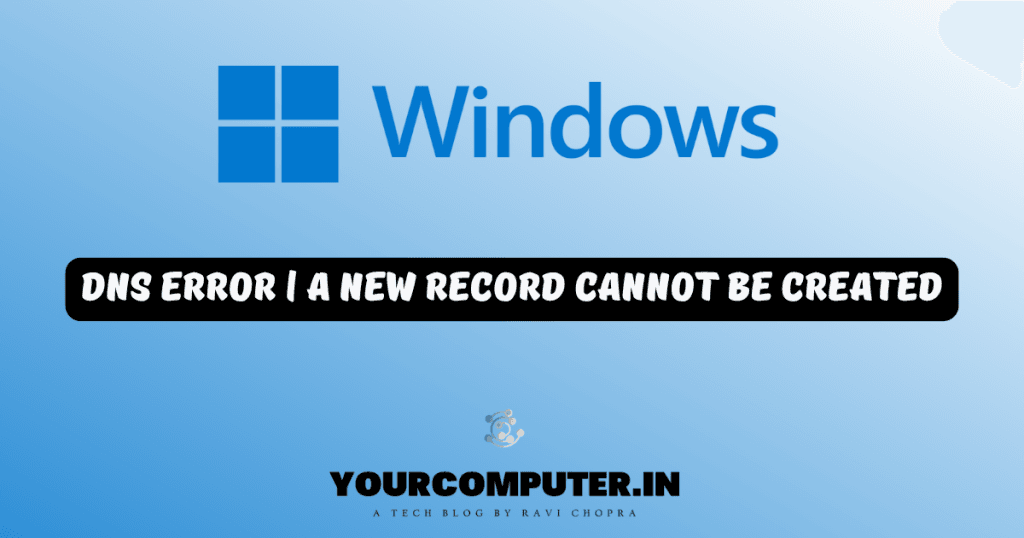Windows Server 2012 new feature : ReFS (Resilient File System)
ReFS (Resilient File System, originally codenamed “Protogon”) is a new file system in Windows Server 2012 initially intended for file serversthat improves on NTFS. Major new features of ReFS include:
- Improved reliability for on-disk structures
- ReFS uses B+ trees for all on-disk structures including metadata and file data. The file size, total volume size, number of files in a directory and number of directories in a volume are limited by 64-bit numbers, which translates to maximum file size of 16 Exabytes, maximum volume size of 1 Yottabyte (with 64 KB clusters), which allows large scalability with no practical limits on file and directory size (hardware restrictions still apply). Metadata and file data are organized into tables similar to relational database. Free space is counted by a hierarchal allocator which includes three separate tables for large, medium, and small chunks. File names and file paths are each limited to a 32 KB Unicode text string.
- Built-in resilience
- ReFS employs an allocation-on-write update strategy for metadata, which allocates new chunks for every update transaction and uses large IO batches. All ReFS metadata has built-in 64-bit checksums which are stored independently. The file data can have an optional checksum in a separate “integrity stream”, in which case the file update strategy also implements allocation-on-write; this is controlled by a new “integrity” attribute applicable to both files and directories. If nevertheless file data or metadata becomes corrupt, the file can be deleted without taking down the whole volume offline for maintenance, then restored from the backup. As a result of built-in resiliency, administrators do not need to periodically run error-checking tools such as CHKDSK when using ReFS.
- Compatibility with existing APIs and technologies
- ReFS does not require new system APIs and most file system filters continue to work with ReFS volumes. ReFS supports many existing Windows and NTFS features such as BitLocker encryption, Access Control Lists, USN Journal, change notifications, symbolic links, junction points, mount points, reparse points, volume snapshots, file IDs, and oplock. ReFS seamlessly integrates with Storage Spaces, a storage virtualization layer that allows data mirroring and striping, as well as sharing storage pools between machines. ReFS resiliency features enhance the mirroring feature provided by Storage Spaces and can detect whether any mirrored copies of files become corrupt using background data scrubbing process, which periodically reads all mirror copies and verifies their checksums then replaces bad copies with good ones.
Some NTFS features are not supported in ReFS, including named streams, object IDs, short names, file compression, file level encryption (EFS),user data transactions, sparse files, hard links, extended attributes, and disk quotas. ReFS does not itself offer data deduplication. Dynamic disks with mirrored or striped volumes are replaced with mirrored or striped storage pools provided by Storage Spaces. However, in Windows Server 2012, automated error-correction is only supported on mirrored spaces, and booting from ReFS is not supported either.
Latest posts by Ravi Chopra (see all)
- Why should you automate Active Directory cleanup? - 17 June 2025
- Troubleshooting: Unable to Add Instance Failover Group to Azure SQL Managed Instance - 4 March 2025
- 10 Azure Virtual Desktop (AVD) Cost-Optimization Strategies for 2025 💡💰 - 22 February 2025


